Search results for: “AI”
-
Next-generation nuclear companies: future fission and fusion?
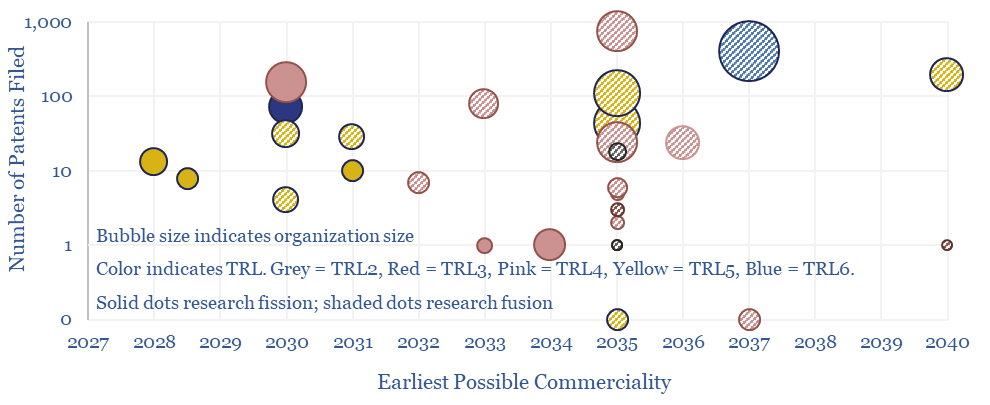
This data-file screens c30 next-generation nuclear companies at the cutting edge of fission and fusion technology. The median one employs 100 people, is developing a 150MWe reactor, and could reach commerciality by 2035. But how has this landscape of companies progressed in the past few years?
-
Moving targets: molecules, electrons or bits ?!
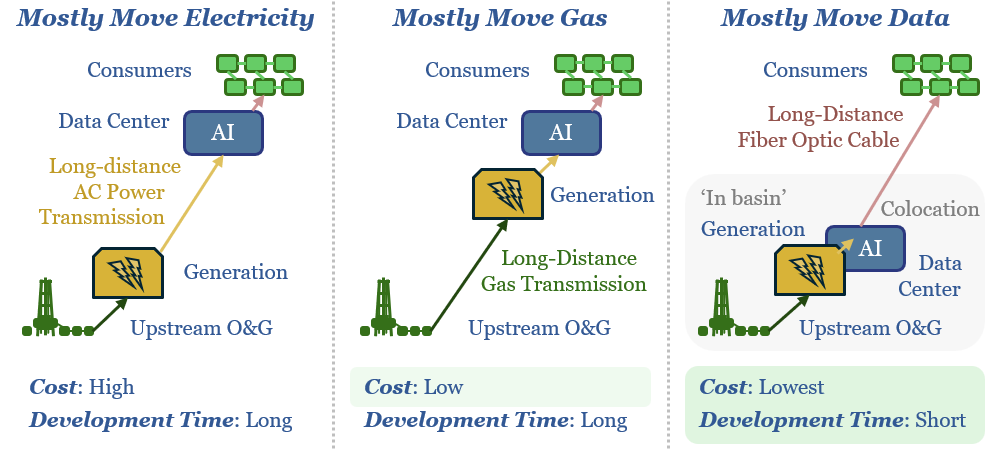
New AI data-centers are facing bottlenecked power grids. Hence this 15-page note compares the costs of constructing new power lines, gas pipelines or fiber optic links for GW-scale computing. The latter is best. Latency is a non-issue. Thus AI reshapes the future of US shale, midstream and fiber-optics?
-
Photons vs electrons: laser quest?

Some commentators say the 21st century will be the ‘age of the electron’. But in computing/communications, the photon has long been displacing the electron. This 17-page note gives an overview. It matters as moving data is 50-90% of data center energy use. We contrast fiber vs copper; and explore AI power, optical computing, and a…
-
Vacuum pumps: company screen?
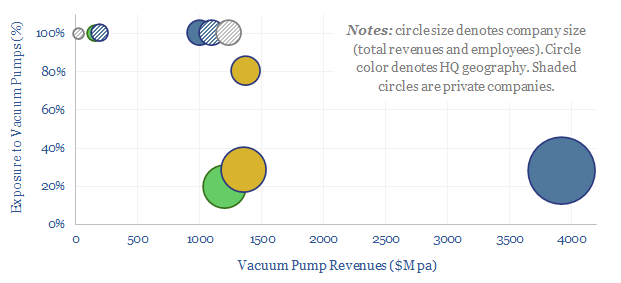
The global market for vacuum pumps is worth $15bn per year, with growing importance for making semiconductors, solar panels and AI chips. This data-file reviews ten leading companies in vacuum pumps, including one European-listed capital goods leader, a European pure-play and a Japanese-listed pure-play.
-
Kraken Technologies: smart grid breakthrough?
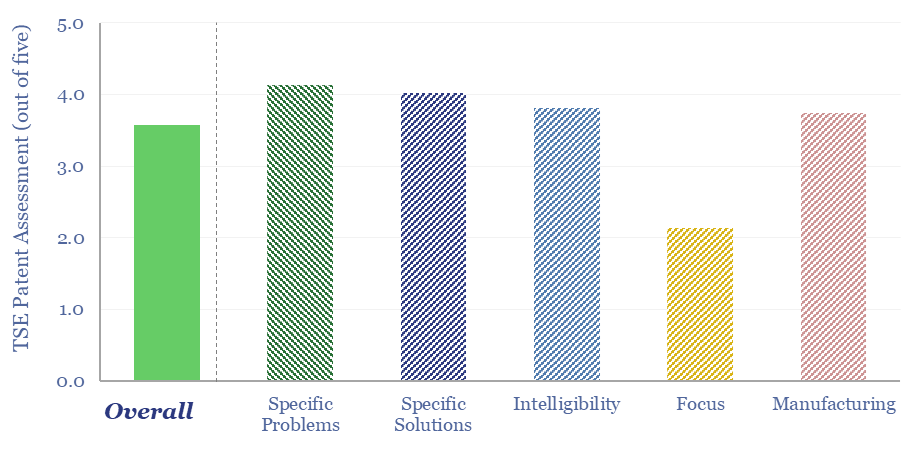
Kraken Technologies is an operating system, harnessing big data across the power value chain, from asset optimization, to grid balancing, to utility customer services. We reviewed ten patents, which all harness big data, of which 65% optimize aspects of the grid, and 40% are using AI. This supports the deployment of distributed energy, renewables and…
-
Japan gas and power: supply-demand model?
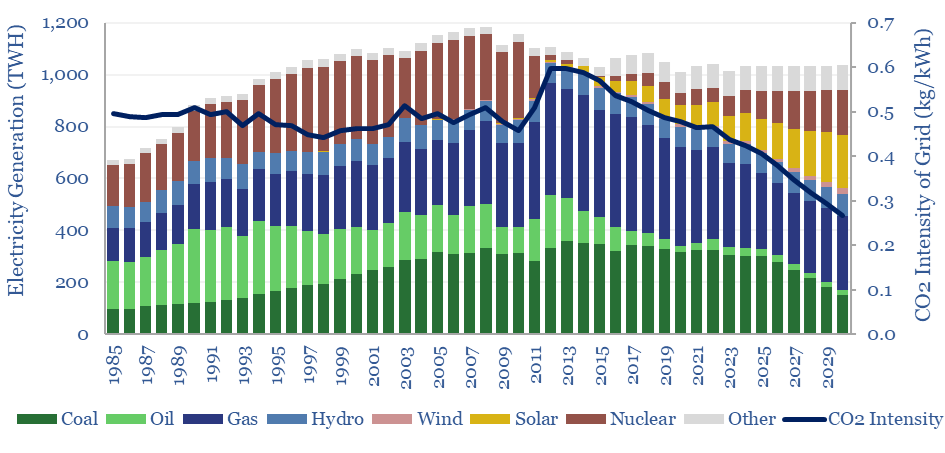
Japan’s gas and power markets are broken down by end use, traced back to 1990, and forecast forwards to 2030 in this model. Japan’s electricity demand now grows at 0.3% pa. Ramping renewables, nuclear and gas back-ups could halve Japan’s total grid CO2 intensity to below 0.25 kg/kWh by 2030.
-
Reserve margins: by ISO and over time?
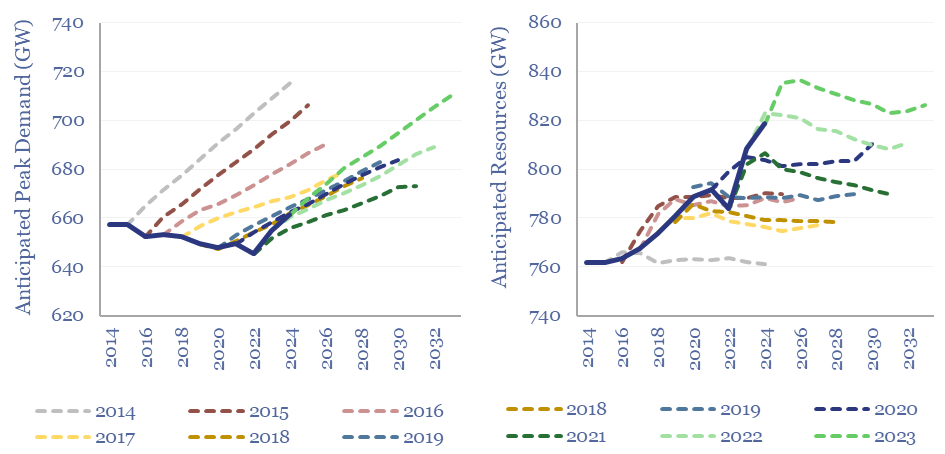
Reserve margins across major ISOs in the US power grid average 29% in 2024, are seen declining to 21% in the next decade by NERC, but could decline further, and below their recommended floors of at least 15%. Reasons include higher demand and controversies over the capacity contributions of renewables. This data-file tabulates reserve margin…
-
Cummins: diesel engine and generator technology?
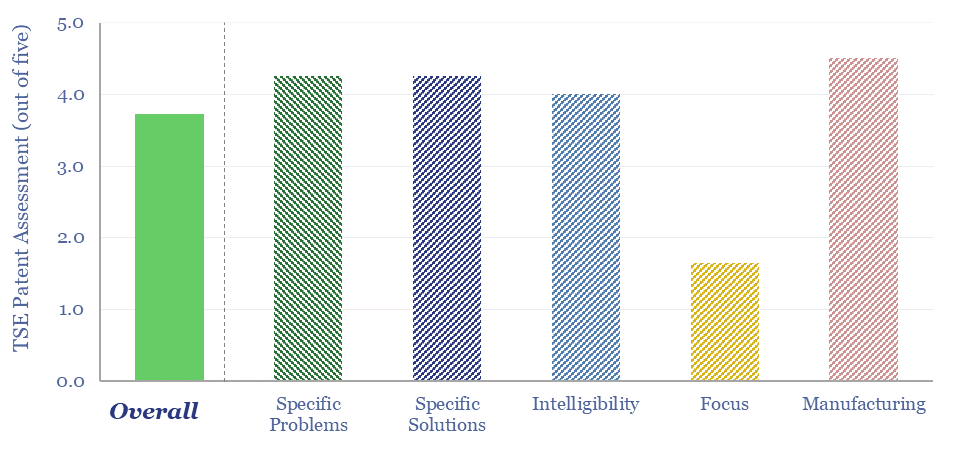
Cummins is a power technology company, listed in the US, specializing in diesel engines, underlying components, exhaust gas after-treatment, diesel power generation and pivoting towards hydrogen. We reviewed 80 patents from 2023-24. What outlook for Cummins technology and verticals in the energy transition?
-
Solar trackers: following the times?

Solar trackers are worth $10bn pa. They typically raise solar revenues by 30%, earn 13% IRRs on their capex costs, and lower LCOEs by 0.4 c/kWh. But these numbers are all likely to double, as solar gains share, grids grow more volatile, and AI unlocks further optimizations? This 14-page report explores the theme and who…
-
Low-carbon baseload: walking through fire?
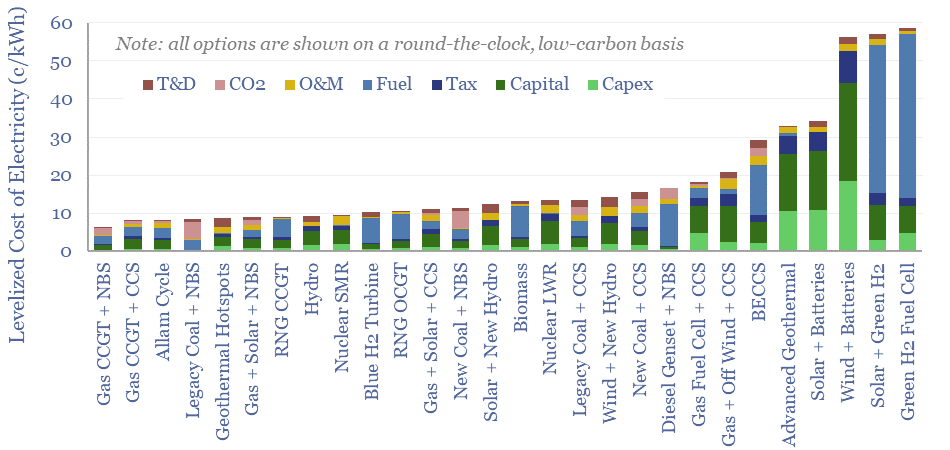
This 16-page report appraises 30 different options for low-carbon, round-the-clock power generation. Their costs range from 6-60 c/kWh. We also consider true CO2 intensity, time-to-market, land use, scalability and power quality. Seven insights follow for powering new grid loads, especially AI data centers.
Content by Category
- Batteries (84)
- Biofuels (42)
- Carbon Intensity (49)
- CCS (63)
- CO2 Removals (9)
- Coal (36)
- Company Diligence (85)
- Data Models (790)
- Decarbonization (156)
- Demand (103)
- Digital (50)
- Downstream (44)
- Economic Model (194)
- Energy Efficiency (75)
- Hydrogen (63)
- Industry Data (260)
- LNG (48)
- Materials (77)
- Metals (69)
- Midstream (43)
- Natural Gas (144)
- Nature (75)
- Nuclear (22)
- Oil (161)
- Patents (38)
- Plastics (43)
- Power Grids (116)
- Renewables (147)
- Screen (107)
- Semiconductors (30)
- Shale (50)
- Solar (66)
- Supply-Demand (45)
- Vehicles (88)
- Wind (40)
- Written Research (331)
Show More
